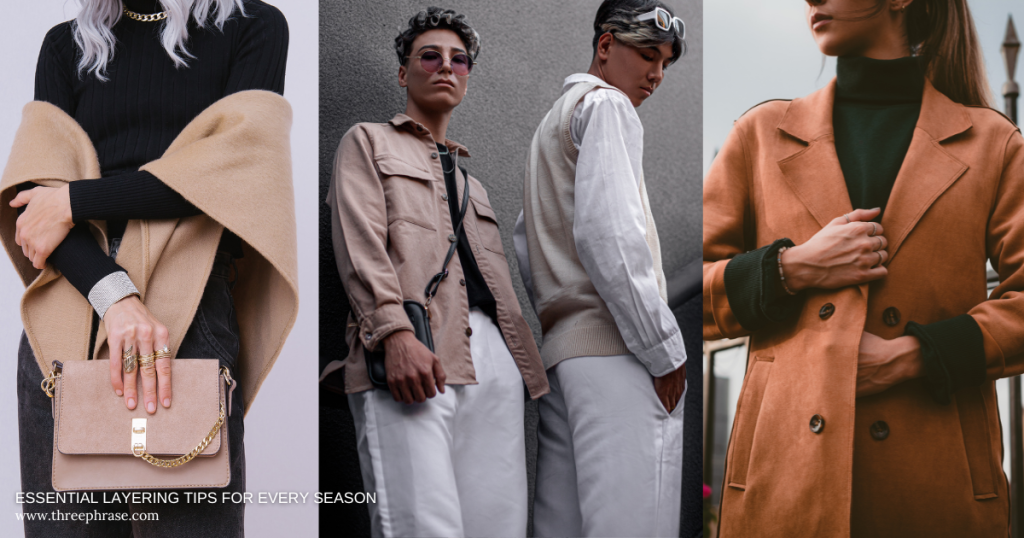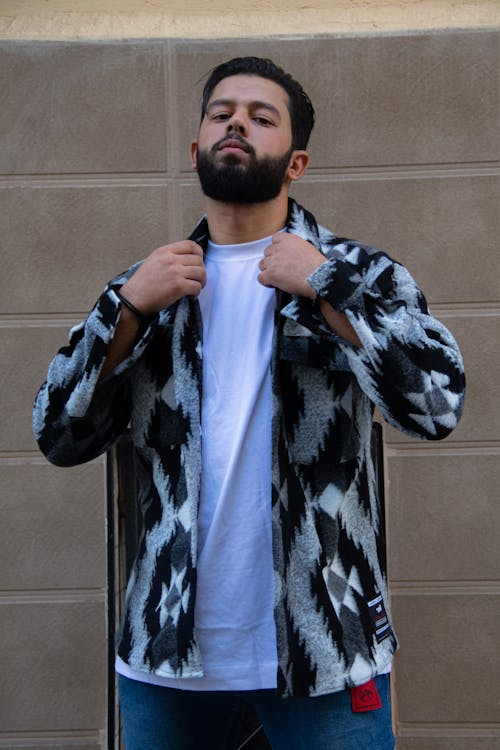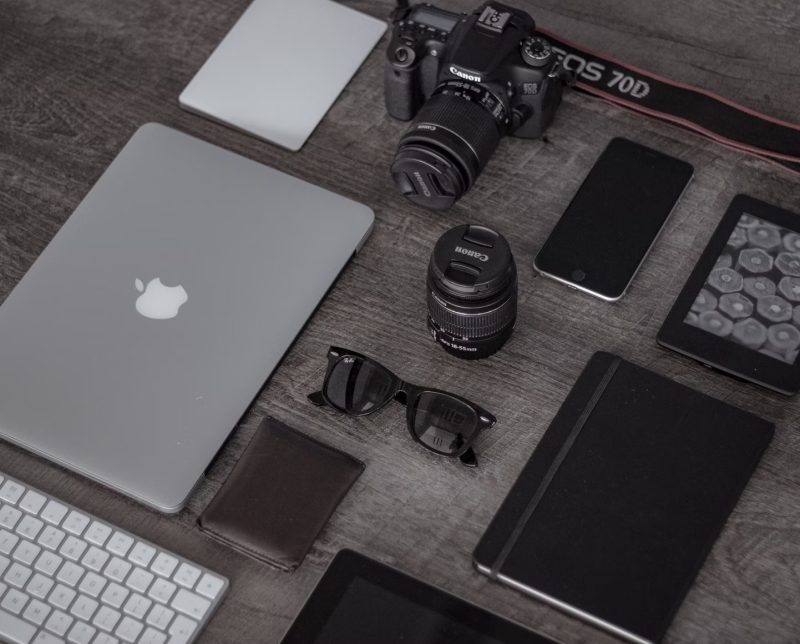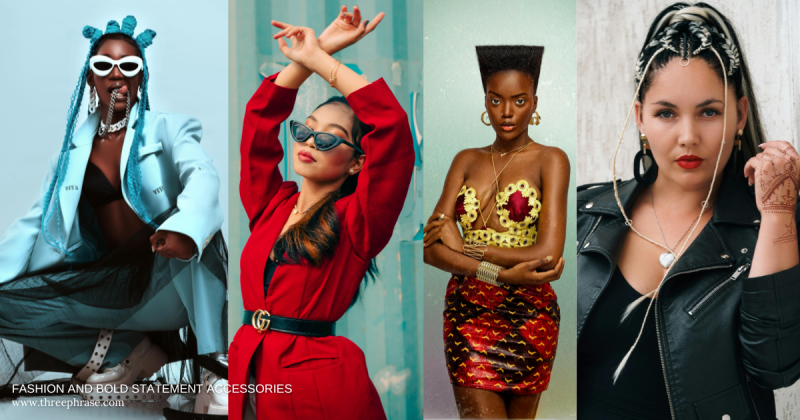Embrace Your Style: Essential Layering Tips for Every Season

Layering is a crucial skill in fashion, providing both style and versatility throughout the year. Mastering the art of layering enables you to craft dynamic outfits that adapt to changing temperatures while showcasing your unique style. Whether adding a lightweight cardigan over a summer dress, combining textures for a cozy winter look, or experimenting with colors in the fall, the possibilities are endless.
Layering enhances the visual interest of your outfits and offers practical solutions for fluctuating weather. Join us as we explore essential layering tips for every season, including techniques for mixing and matching clothing pieces and accessories. Learn how to stay fashionable and comfortable throughout the year. Embrace the layers and discover how to elevate your wardrobe with effortless flair!
Understanding Fabric and Color Coordination
The key to a tremendous, layered outfit starts with knowing your fabrics. Each material has its strengths. For your base layer, lightweight cotton or breathable synthetics keep you cool and comfy. Wool and fleece are fantastic choices for mid-layers, offering warmth without adding too much bulk. Your outer layer should depend on the weather—think waterproof jackets for rain, cozy coats for chilly winter days, or a light linen jacket for those warmer months.
Color coordination is just as necessary. A good rule of thumb is to stick with a cohesive color palette. Neutrals are always a safe choice, but don’t be afraid to add a pop of color or subtle contrasts to make your outfit more visually interesting. The goal is to complement your look, not compete with it.
Layering in Professional Settings
Layering in a professional setting is an art that balances style and sophistication. It allows you to look polished while staying comfortable throughout your workday. Combining a tailored blazer over a crisp blouse or a lightweight sweater under a chic coat creates a refined look that adapts to varying temperatures. The proper layers enhance your professional appearance and ensure you feel your best all day.
-
Smart Casual and Business Formal Layering
Try a crisp button-down shirt under a lightweight sweater paired with chinos or tailored trousers for a bright, casual look. Add a blazer for a touch of formality. Women can layer a blouse under a sleeveless dress, enhancing the look with a statement necklace or scarf.
Layering is critical to achieving a refined appearance in more formal business settings. Men can wear a tailored waistcoat over a dress shirt, topped with a suit jacket. Women might choose a structured blazer over a blouse paired with a pencil skirt or formal trousers. The secret is to select well-fitted pieces made from high-quality materials for a professional yet comfortable look.
Understanding the Basics of Layering
Before we dive into the specifics of layering for different seasons, it’s essential to get a handle on the basics, which can transform your outfits and help you adapt to changing weather:
-
Start with a Base Layer
The base layer acts as the foundation of your outfit. It should be comfortable and breathable, fitting snugly without feeling restrictive. This layer allows for easy movement and sets the tone for your look.
Materials: Use natural fabrics like cotton for everyday comfort or moisture-wicking materials to keep you cool and dry. Choose colors and patterns that resonate with your style, ensuring you feel good from the inside out.
-
Add Insulation
The middle layer is all about warmth. It provides insulation and can be adjusted based on the temperature and your heat preference.
Materials: Wool, fleece, or down are great choices because they trap heat effectively. You might opt for a chunky knit sweater for those chilly days or something lighter if it’s milder outside.
-
Finish with an Outer Layer
 The outer layer protects you from the elements—wind, rain, or snow. This layer is essential for staying comfortable and dry.
The outer layer protects you from the elements—wind, rain, or snow. This layer is essential for staying comfortable and dry.
Materials: Look for waterproof and windproof fabrics like nylon or Gore-Tex. Make sure this layer fits well over your other clothing without feeling too tight; you want to be able to move freely.
-
Accessorize Thoughtfully
Accessories can elevate your outfit. Scarves, hats, and gloves add flair and keep you warm. Choose items that complement your look and serve a purpose—like a stylish beanie that keeps your head warm or a colorful scarf that adds a fun touch.
Essential Layering Tips for Every Season
Layering for Winter
Winter is the perfect time to embrace layering for warmth and style. Here’s how to do it right:
- Fabric Choices: Start with a thermal or merino wool base layer to keep you warm without bulk. These materials wick moisture away from your skin, keeping you dry and comfy. Then, layer on a chunky knit sweater or cardigan for extra insulation. The cozy texture adds warmth and visual interest to your outfit. Finally, finish with a down or wool coat to protect against those biting cold winds and snow.
- Colors and Textures: While darker colors like navy and black are popular in winter, don’t shy away from adding bright pops of color with your accessories to liven up your look. A vibrant red scarf or colorful gloves can make a big difference. Mixing textures—like soft wool with sleek leather and fluffy faux fur—creates a rich, layered, stylish, and functional look. This thoughtful approach to layering keeps you warm while letting your unique fashion sense shine through, making you stand out even in the cold!
Layering for Spring
Spring is all about transitional layering since the weather can swing between cool and warm throughout the day. Here’s how to approach it with flair:
- Fabric Choices: Start with light cotton or linen shirts as your base layer. These fabrics are breathable and super comfy, perfect for those changing temperatures. For your mid-layer, a lightweight cardigan or a denim jacket works excellently, allowing you to add or remove it as needed quickly. A trench coat is a fantastic choice for those unpredictable spring showers to top it off. It keeps you dry while looking chic.
- Colors and Textures: Spring is the perfect time to embrace pastel colors and floral patterns that reflect the season’s renewal. Don’t hesitate to mix different lengths; for example, layer a long cardigan over a shorter dress for a fresh, playful look.
Layering for Summer
Even in summer, layering can be a handy way to transition between the hot outdoors and the cooler indoors. Here’s how to do it stylishly:
- Fabric Choices: Opt for lightweight and breathable cotton, linen, and chiffon fabrics. These materials will keep you feeling comfortable and relaxed. Try layering a tank top or cami under a sheer blouse for an airy, summery vibe. For an outer layer, a light shawl or kimono is perfect; it’s easy to put on or take off, depending on the temperature.
- Colors and Textures: Bright colors and bold prints are great for summer, capturing vibrant energy. Feel free to mix sheer and solid fabrics for a fun, breezy style that adds depth to your outfit. This approach looks fantastic and helps you stay comfortable as the temperatures change throughout the day.
Layering for Autumn
Autumn is the perfect time to embrace layering, letting you play with different textures and styles. Here’s how to nail it this season:
- Fabric Choices: Start with a soft cotton turtleneck as your base layer. It’s comfy and provides a warm foundation. Next, layer on a plaid shirt or cozy flannel for that quintessential fall feel. To finish your look, throw on a leather jacket or a wool blazer for a chic autumn touch.
- Colors and Textures: Fall is all about earthy tones and rich colors like burgundy, olive, and mustard, which beautifully capture the season’s spirit. Mixing textures—like denim, wool, and suede—adds depth to your outfit and keeps it interesting.
Common Layering Mistakes to Avoid
Layering enhances your style, but making a few common mistakes is easy. Here’s how to steer clear of them:
-
Over-Bulking
Opt for thinner layers that provide warmth without adding bulk to your look. Choosing fitted pieces is often more flattering than oversized options, as they help you maintain a sleek and streamlined silhouette. This approach keeps you comfortable and allows you to create a polished outfit that flatters your shape. By carefully selecting lighter fabrics that trap heat while remaining stylish, you can enjoy the benefits of layering without feeling weighed down or overwhelming your frame.
-
Ignoring Proportion
Balance is essential when it comes to layering! If you opt for a chunky top layer, pair it with slim bottoms like skinny jeans or leggings. This combination helps create a more cohesive and polished look. The contrast between the top’s bulkiness and the bottoms’ fitted nature adds visual interest and flatters your overall silhouette. This way, you can enjoy the warmth and comfort of your layers while ensuring your outfit feels harmonious and stylish.
-
Clashing Colors and Patterns
Sticking to a harmonious color palette is critical for a cohesive outfit. Aim to limit bold patterns to just one piece per look. This approach helps maintain a polished appearance and prevents your outfit from feeling chaotic or overwhelming. By carefully selecting colors that complement each other, you can create a visually appealing ensemble that feels intentional and stylish. Balancing a standout patterned piece with more neutral or subtle items can make your overall look feel well-thought-out and chic.
-
Neglecting Accessories
Remember to incorporate accessories like scarves, belts, and jewelry into your layered looks. These finishing touches bring your layers together and add a personal flair to your outfit. A vibrant scarf can introduce a pop of color, while a stylish belt can define your waist and enhance your silhouette. Whether it’s statement pieces or delicate layers, jewelry can elevate your look and showcase your unique style. By thoughtfully choosing accessories, you can transform a simple layered outfit into something that feels complete and uniquely yours.
Conclusion
Layering in fashion is not just a practical strategy but a dynamic art form that offers endless opportunities for self-expression. You can create unique looks that reflect individuality by balancing colors, textures, and silhouettes.
Mastering layering is key to elevating your wardrobe. Whether adding a scarf to a spring outfit or pairing a wool coat with a sleek blazer for winter, each layer tells your style story. This creative process encourages experimentation and highlights the individuality at the heart of fashion. When you layer up, you’re not just getting dressed—you’re showcasing your brand to the world.




